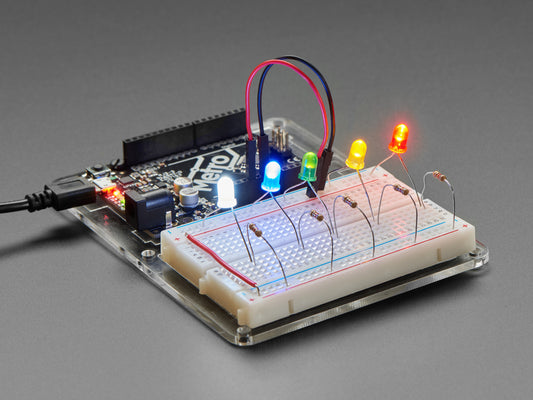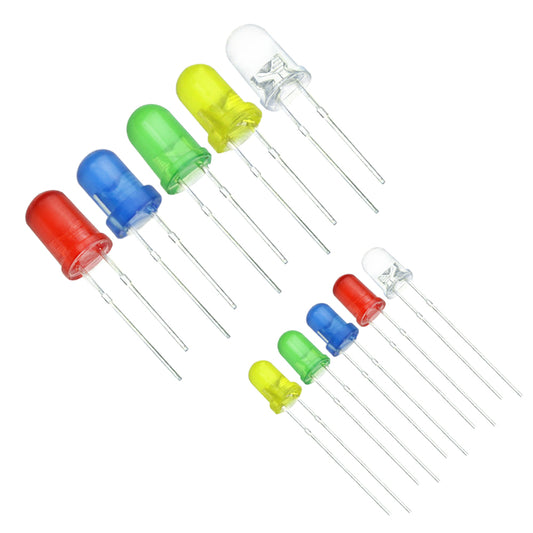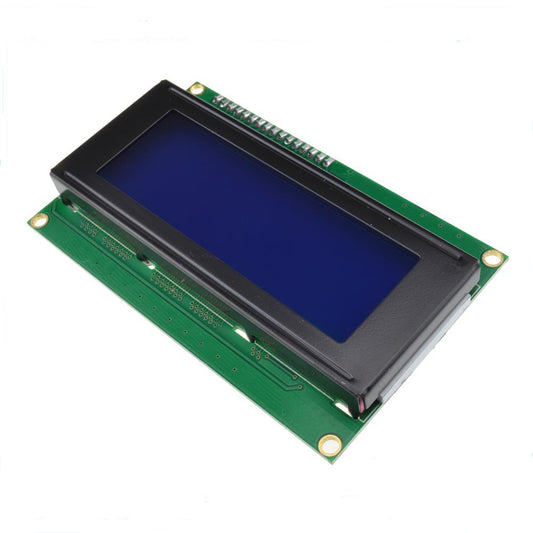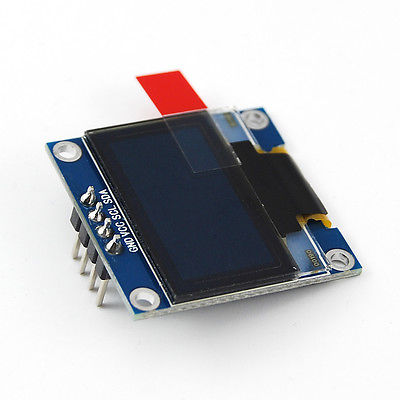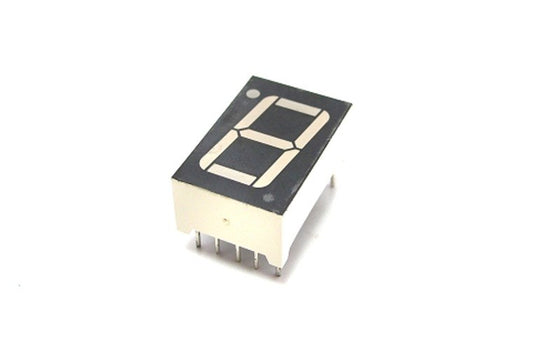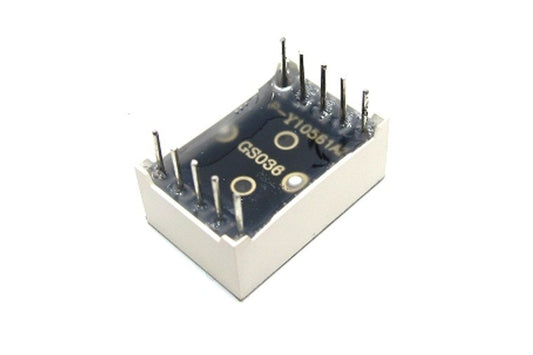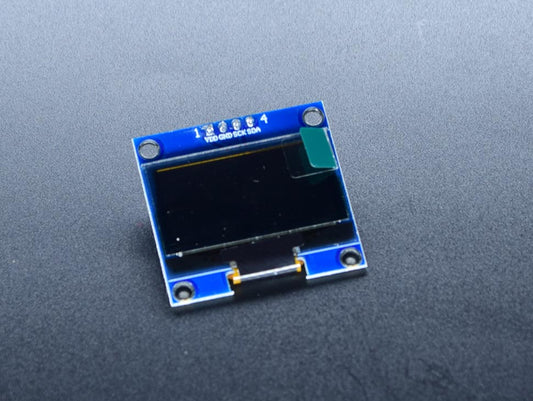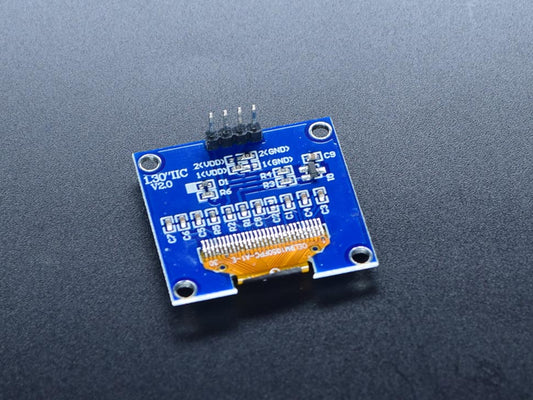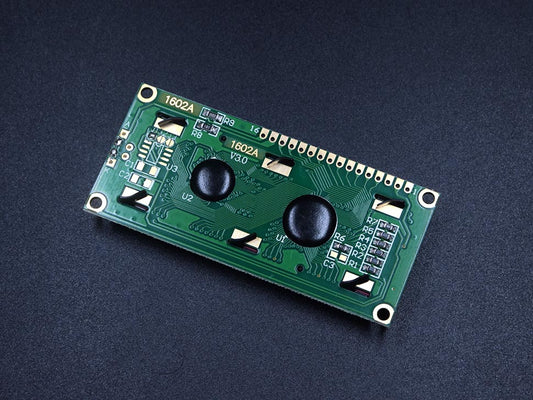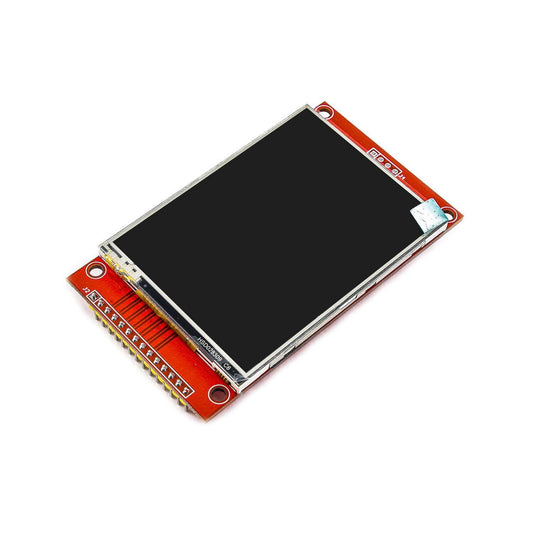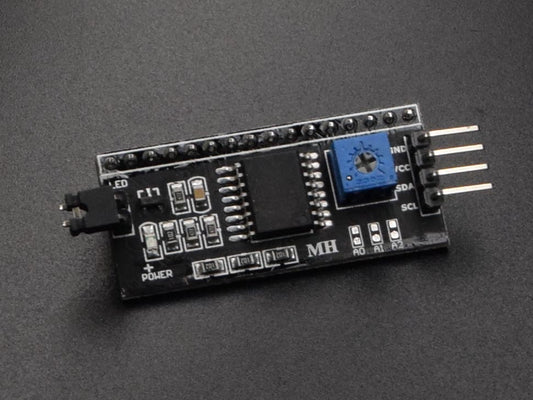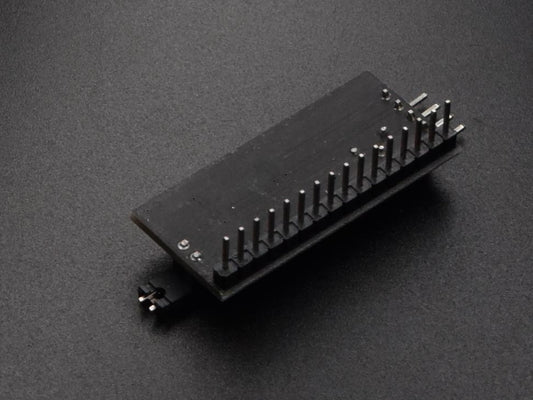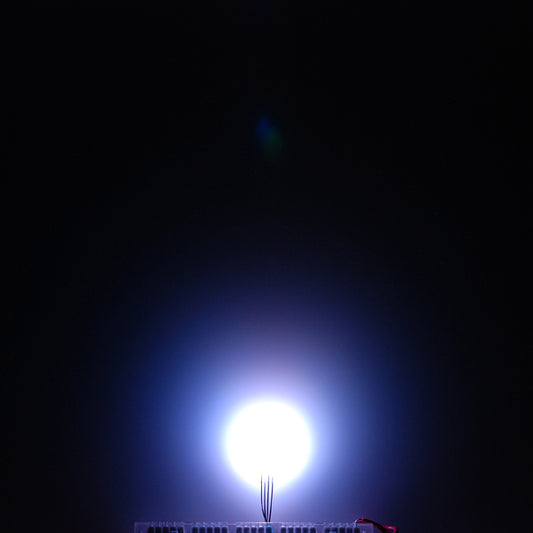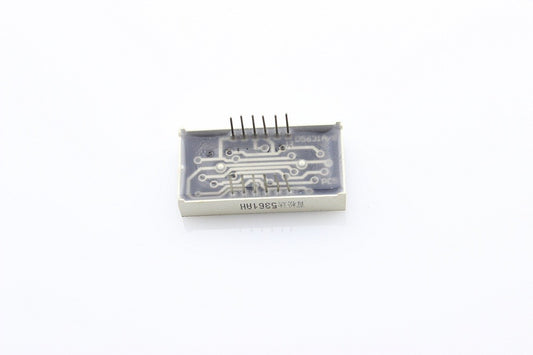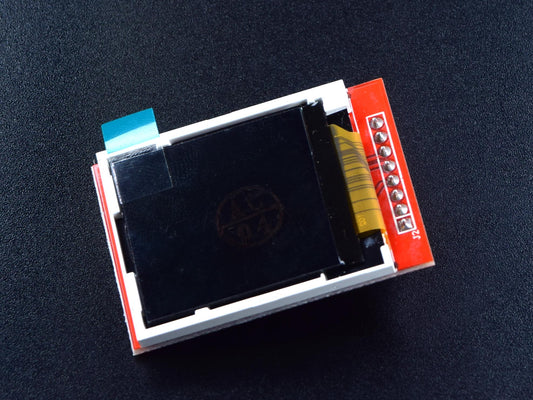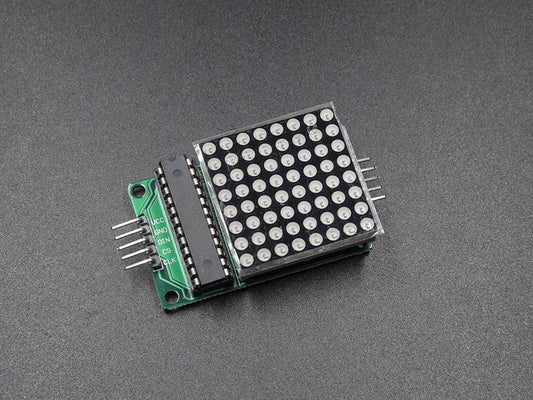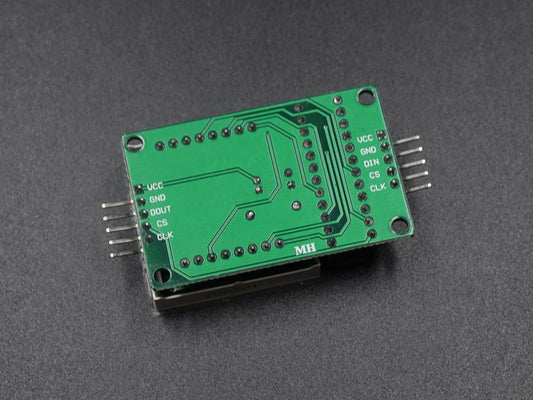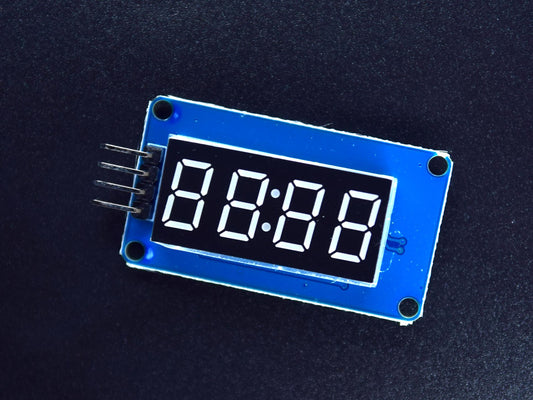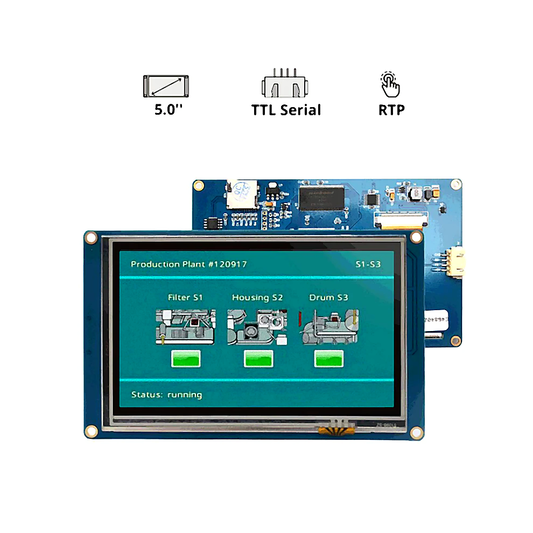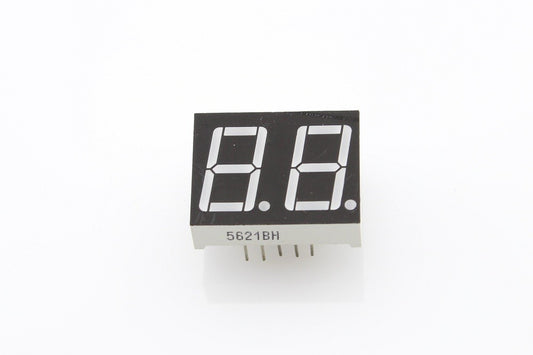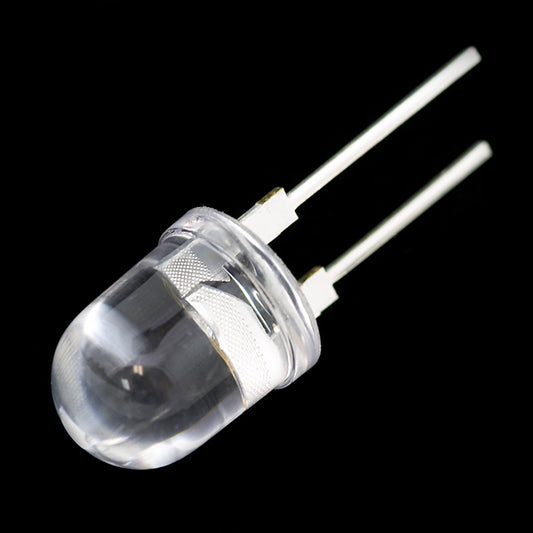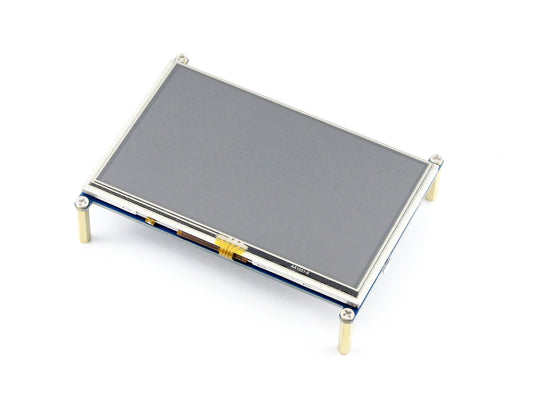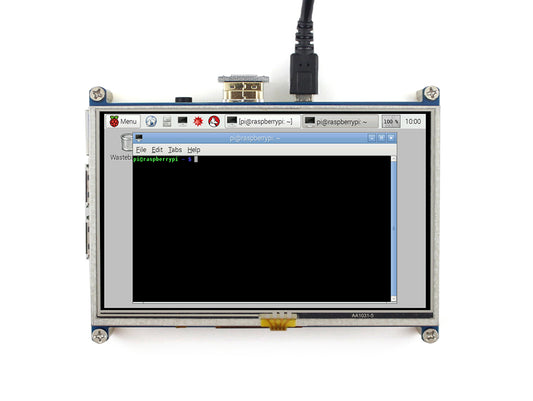Displays at Circuitrocks — Bring Data & UI to Life
Whether you’re building dashboards, wearables, robots, clocks, meters, or Raspberry Pi kiosks, our display modules give your projects a clear, sharp, and reliable visual interface. Choose from OLED, TFT, LCD, ePaper, 7-segment, and touchscreens—all compatible with Arduino, ESP32, Raspberry Pi, and microcontroller platforms.
OLED • TFT • LCD/I2C • ePaper • Touchscreens • 7-Segment • HDMI Displays
Why buy displays from Circuitrocks?
-
Wide selection: tiny 0.96” OLEDs to full HDMI monitors
-
Clear compatibility: I²C/SPI/parallel/HDMI options
-
PH support: wiring help & working code examples
What you can build
- ESP32 & Arduino dashboards
- Portable meters & data loggers
- Robotics UI & sensor displays
- Raspberry Pi touch kiosks & panels
Display categories
OLED Displays
Ultra-sharp, low power—great for compact builds and wearables.
TFT / LCD Color Screens
Full color, fast refresh, perfect for dashboards, robots, and GUIs.
Character LCD (Text Displays)
Beginner-friendly, super readable, ideal for menus and status text.
HDMI & Raspberry Pi Displays
For Pi desktops, kiosks, digital signage, and media centers.
ePaper / E-Ink Displays
Zero-power when static—perfect for low-power signs and IoT.
LED Numeric & Matrix Displays
Bright, far-viewable digits for clocks, counters, and meters.
Choosing the right display
| Project |
Best display type |
Notes |
| Wearable / compact |
OLED (0.96”–1.3”) |
Low power, readable even at small sizes. |
| Robots / sensor dashboards |
TFT ILI9341 / ST7735 |
Fast updates, color UI, touchscreen options. |
| Simple text output |
I²C LCD 1602 / 2004 |
Beginner-friendly, very reliable. |
| IoT signs / static displays |
ePaper |
Ultra-low power; perfect for battery use. |
| Pi desktop / kiosk |
HDMI or Pi Touchscreen |
Full Linux UI, touch support, sharp panels. |
| Clocks / meters |
MAX7219 LED matrix |
Bright digits, good at long distances. |
Check supply voltage and interface (I²C, SPI, UART, HDMI) before buying.
FAQ
Are these displays compatible with Arduino/ESP32?
Yes—most use I²C or SPI, which are fully supported by Arduino and ESP32 libraries.
Do OLED modules burn in?
Yes, if static images stay for long periods. Use screen savers or pixel shifting.
Do Raspberry Pi touch displays need drivers?
Most Pi-branded or Waveshare displays are plug-and-play. Third-party HDMIs may need rotation configs.
Do you ship nationwide?
Yes! We ship anywhere in the Philippines with fast processing times.
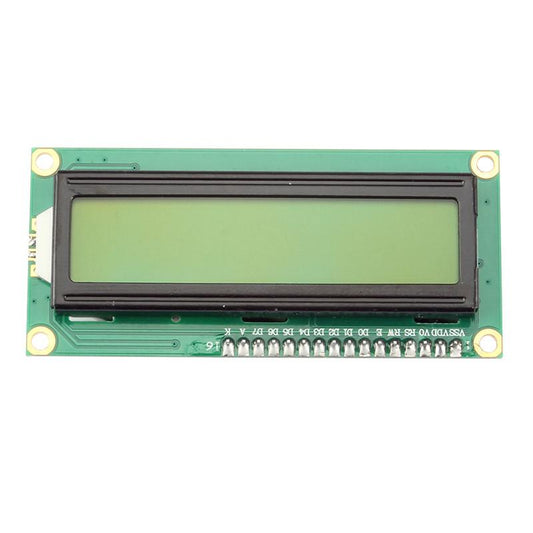
 Sold out
Sold out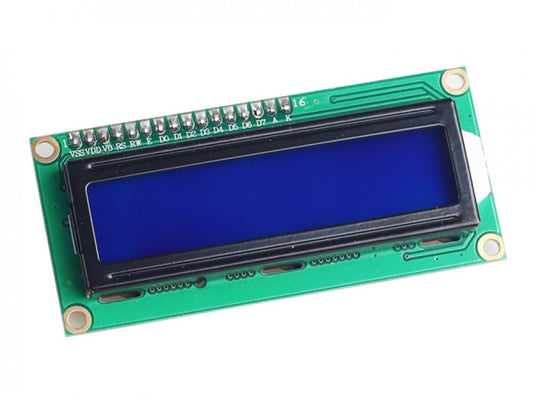
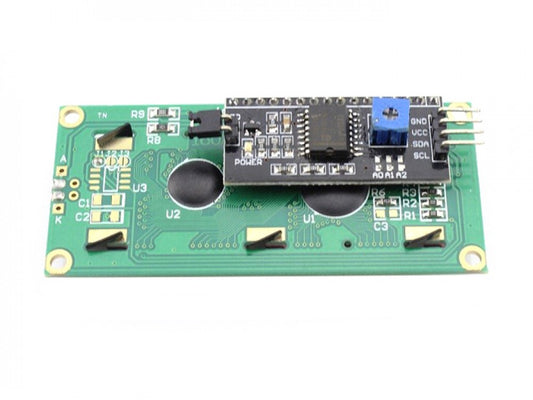 Sold out
Sold out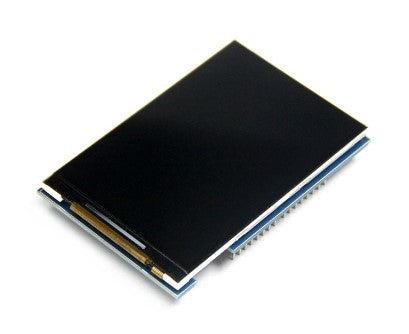
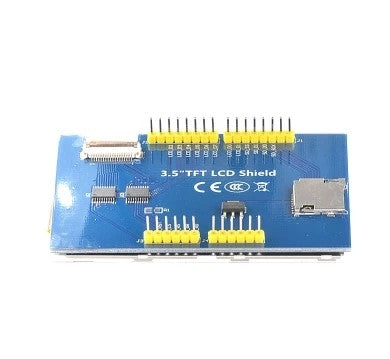 Sold out
Sold out
